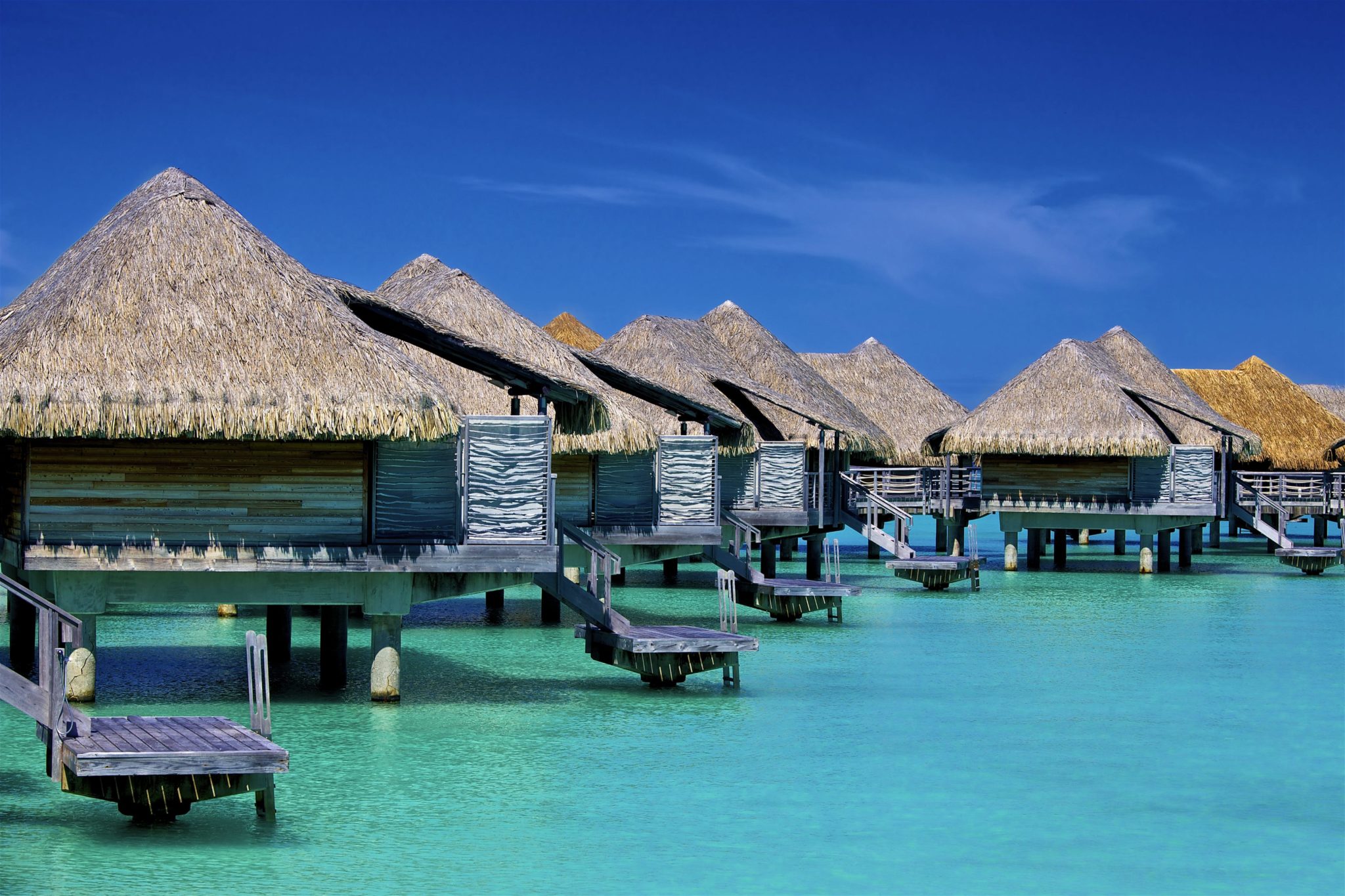Snowbird vacations represent a growing trend, offering retirees and others a chance to escape harsh winters for sunnier climes. This escape isn’t just about warmer weather; it’s a lifestyle choice, encompassing everything from budget considerations and healthcare planning to community engagement and choosing the perfect destination among a vast array of options.
From the bustling retirement communities of Florida to the tranquil desert landscapes of Arizona, snowbirds seek out destinations that offer a blend of comfort, recreation, and affordability. This guide delves into the intricacies of planning a successful snowbird vacation, covering everything from financial strategies to health considerations and the impact on local economies.
Defining “Snowbird Vacations”
Snowbird vacations represent a significant segment of the travel industry, characterized by extended stays in warmer climates during the colder months. This phenomenon, increasingly popular among retirees and older adults, involves a temporary relocation for a considerable period, typically lasting several months, often from late autumn to early spring. These vacations are distinct from shorter getaways due to their length and the lifestyle adjustments they entail.Snowbird vacations are primarily driven by a desire to escape harsh winter weather conditions in northern latitudes.
Consequently, popular destinations tend to be located in the southern United States, Mexico, Central America, and the Caribbean, where milder temperatures and ample sunshine prevail. Activities pursued by snowbirds are diverse, ranging from leisurely pursuits like golfing, swimming, and socializing to more active endeavors such as hiking, birdwatching, and exploring local attractions.
Snowbird Demographics
The typical snowbird demographic is primarily composed of individuals aged 55 and older, although an increasing number of younger individuals and families are also participating. Many are retired or semi-retired, possessing the financial resources and leisure time to sustain an extended stay away from their primary residence. A significant portion are couples, but solo travelers and groups of friends are also common.
This demographic often values affordability, accessibility, and a sense of community within their chosen destination. The financial independence of retirees and the availability of affordable housing options in many popular snowbird locations play a crucial role in facilitating this travel pattern.
Distinguishing Snowbirding from Other Extended Vacations
While other forms of extended vacations exist, snowbirding is unique in its seasonal nature and the degree of lifestyle integration it entails. Unlike extended family vacations or sabbaticals, which may have a specific purpose or limited duration, snowbirding involves a more permanent, albeit temporary, relocation. Unlike backpacking or other forms of adventurous travel, snowbirding is often characterized by a more settled and less nomadic lifestyle, frequently involving the establishment of a temporary residence, such as a rented condo or mobile home.
Discover how unghii de iarna has transformed methods in this topic.
The duration of a snowbird vacation, typically spanning several months, also distinguishes it from other types of extended stays. For example, a sabbatical might last a year, but a snowbird vacation usually focuses on escaping the winter months.
Financial Considerations: Snowbird Vacations
Planning a snowbird vacation requires careful consideration of various financial aspects to ensure a comfortable and enjoyable experience without undue financial strain. Factors such as housing, transportation, and healthcare significantly impact the overall budget. Understanding these costs and implementing effective financial management strategies are crucial for a successful snowbird adventure.
Housing Costs
Housing represents a substantial portion of snowbird vacation expenses. Options range from renting a furnished condo or apartment to staying in a resort or RV park. Rental costs vary widely depending on location, amenities, and the length of stay. For example, a three-month rental of a two-bedroom condo in a popular snowbird destination like Arizona might range from $6,000 to $12,000, while a smaller unit or less desirable location could be significantly cheaper.
RV park fees are generally less expensive but offer fewer amenities. It’s crucial to factor in utilities (electricity, water, gas) and potential property taxes or HOA fees.
Transportation Costs
Transportation costs encompass travel to and from the snowbird destination and potential expenses during the stay. Airfare can be a significant expense, especially for longer distances. Driving offers cost savings but involves fuel, vehicle maintenance, and potential toll fees. Once at the destination, transportation costs might include car rentals, public transportation, or ride-sharing services. Consider the potential for increased gas prices or unexpected vehicle repairs.
For example, a round-trip airfare from New York City to Florida could cost between $500 and $1500 per person, depending on the time of year and booking in advance.
Healthcare Costs
Healthcare is a critical aspect to budget for, especially during an extended stay away from home. While Medicare and other insurance plans may cover some costs, out-of-pocket expenses can still be significant. These might include doctor visits, prescription medications, and emergency room visits. It is recommended to review insurance coverage and consider supplemental health insurance specifically designed for snowbirds.
For example, a single unexpected hospital visit could easily cost thousands of dollars, highlighting the need for comprehensive coverage and emergency funds.
Sample Three-Month Snowbird Budget
The following is an example of a three-month snowbird budget for a couple, and should be adjusted to reflect individual circumstances:
| Expense Category | Estimated Cost |
|---|---|
| Housing (Rent/RV Park) | $8,000 |
| Transportation (Airfare, Gas, Car Rental) | $3,000 |
| Groceries | $3,000 |
| Utilities | $500 |
| Entertainment & Dining | $2,000 |
| Healthcare (Insurance Premiums, Co-pays) | $1,000 |
| Miscellaneous | $500 |
| Total Estimated Cost | $18,000 |
Financial Management Strategies
Effective financial management is essential for a successful snowbird experience. Strategies include creating a detailed budget, saving diligently, and exploring cost-saving options. Prioritizing expenses, tracking spending meticulously, and setting realistic financial goals are crucial. Consider utilizing budgeting apps or spreadsheets to monitor expenses and identify areas for potential savings. Having an emergency fund is also vital to cover unforeseen expenses.
For example, setting aside 20% of the total estimated budget as an emergency fund could mitigate the impact of unexpected events.
Health and Wellness
Snowbirds, embracing the extended warmth of southern locales, must prioritize healthcare planning to ensure a safe and enjoyable escape. Failing to do so can significantly impact the quality of their winter retreat, potentially leading to unexpected expenses and health complications. Comprehensive planning, encompassing insurance coverage and access to medical facilities, is paramount for a worry-free snowbird experience.Healthcare Planning for Snowbirds: Insurance and Access to CareAccessing appropriate healthcare is a critical consideration for snowbirds.
Maintaining continuous health insurance coverage is essential. Many snowbirds retain their existing plans, verifying coverage extends to their winter destination. Others explore supplemental travel insurance or Medicare options specifically designed for extended stays outside their primary residence. It is crucial to understand the limitations and exclusions of any insurance policy before embarking on the trip. Additionally, identifying nearby medical facilities, including hospitals, urgent care centers, and physicians accepting their insurance, is vital.
This proactive approach ensures timely access to necessary care should health issues arise. A pre-departure consultation with a physician, especially for those with pre-existing conditions, is highly recommended to discuss potential risks and necessary medications.
Maintaining Physical and Mental Well-being
Sustaining physical and mental health during an extended snowbird vacation requires a proactive approach. Many snowbirds experience a disruption to their established routines, which can negatively affect their well-being. Maintaining regular exercise is crucial. This could involve joining a local gym, taking advantage of outdoor activities like walking or cycling, or participating in organized group fitness classes.
Furthermore, maintaining social connections is vital for mental health. Joining social clubs, volunteering, or actively engaging with the local community can help prevent feelings of isolation. A balanced diet, incorporating fresh produce and limiting processed foods, is also essential for maintaining energy levels and overall health. For mental well-being, strategies like mindfulness, meditation, or engaging in hobbies can be highly beneficial.
Potential Health Risks and Preventative Measures, Snowbird vacations
Snowbirding, while enjoyable, presents unique health risks. Exposure to unfamiliar environments and climates can increase vulnerability to certain illnesses. For example, increased sun exposure in warmer climates necessitates diligent sun protection, including the use of sunscreen, hats, and protective clothing, to prevent sunburn and long-term skin damage. Changes in diet and water quality can also pose risks.
Staying hydrated is essential, especially in warmer climates, and consuming safe and properly prepared food minimizes the risk of foodborne illnesses. Additionally, the increased physical activity associated with some snowbird activities may lead to injuries. Proper stretching, appropriate footwear, and awareness of one’s physical limitations can help prevent accidents. Finally, awareness of local health advisories and necessary vaccinations is critical for minimizing the risk of infectious diseases.
Consulting a physician or travel clinic before departure can help address these concerns and provide tailored recommendations.
Ultimately, the allure of snowbird vacations lies in the freedom to embrace a different lifestyle, to explore new environments, and to connect with like-minded individuals. Careful planning and a realistic understanding of the financial and logistical aspects are crucial for a rewarding experience. Whether you’re a seasoned snowbird or a first-timer, this guide provides the essential information to make your winter escape a truly memorable one.

